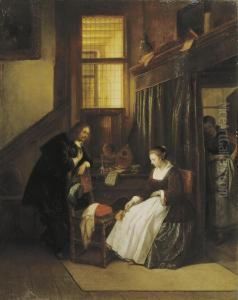Henri Leys Paintings
Henri Leys, born as Hendrik Leys on February 18, 1815, in Antwerp, Belgium, was a distinguished Belgian painter and influential artist of the 19th century. His full name being Baron Hendrik Leys, he was known for his contributions to historical painting and his role in the Romantic and later Realist movements in Belgian art.
Leys initially trained under his brother-in-law, the painter Ferdinand de Braekeleer, and later at the Antwerp Academy under Mattheus Ignatius van Bree. Early in his career, he was influenced by the Romantic movement and the works of artists such as Eugène Delacroix. However, Leys's style evolved significantly over time. He began to focus on accuracy and historical detail, which marked his transition towards Realism.
In the 1830s, Leys produced works primarily in the Romantic style, characterized by dramatic scenes and a rich, vivid use of color. He gained considerable recognition for his talent and was awarded a gold medal at the Brussels Exhibition in 1839 for his work 'Les Gueux' (The Beggars). This period signified his growing interest in the 16th and 17th centuries, which would later become a central theme in his art.
By the 1840s, Leys's work began to reflect his fascination with the Flemish and Dutch masters of the previous centuries. He meticulously studied their techniques and incorporated their influence into his paintings. It was during this time that he started to produce works that depicted scenes from the life of the people during the Renaissance, which were notable for their historical accuracy and attention to detail.
The 1850s marked a significant achievement for Leys as he received the title of Baron from King Leopold I of Belgium in recognition of his artistic contributions. He also became a central figure in the Antwerp art scene and influenced many younger artists. Leys's studio became a hub for the development of the Antwerp school of painting, which was known for its focus on historical and genre scenes.
One of Leys's most famous works is the monumental series of murals in the Antwerp Town Hall, completed in the 1860s, which depicts events from the city's history with a remarkable level of detail and historical accuracy. This project cemented his reputation as a master of historical painting.
Henri Leys passed away on August 26, 1869, in Antwerp. His legacy continued to influence Belgian artists, and his commitment to historical detail and the revival of Flemish traditions had a lasting impact on the art of his country. Today, his works are displayed in numerous museums, and he is remembered as one of the key figures in Belgian art history.

















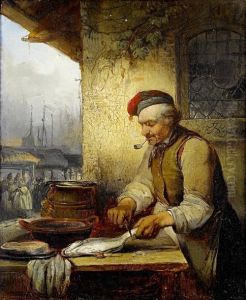



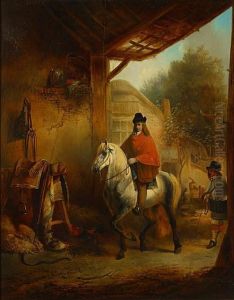
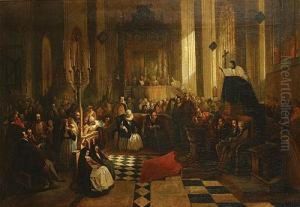







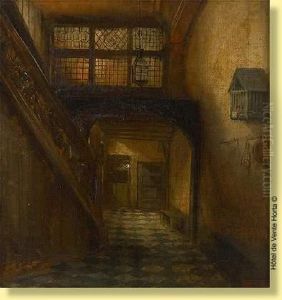
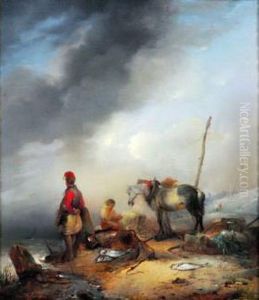





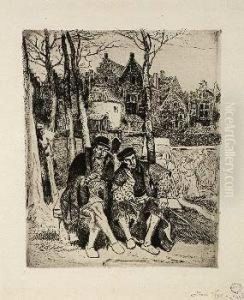
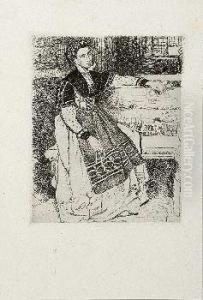


![[portrait D'adolescent]](https://www.niceartgallery.com/imgs/1442881/s/henri-leys-portrait-dadolescent-97f87b84.jpg)
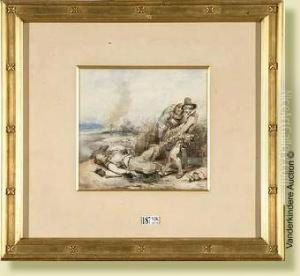

![[le Porte-drapeau] (date 1850)](https://www.niceartgallery.com/imgs/1442878/s/henri-leys-le-portedrapeau-date-1850-35249678.jpg)


